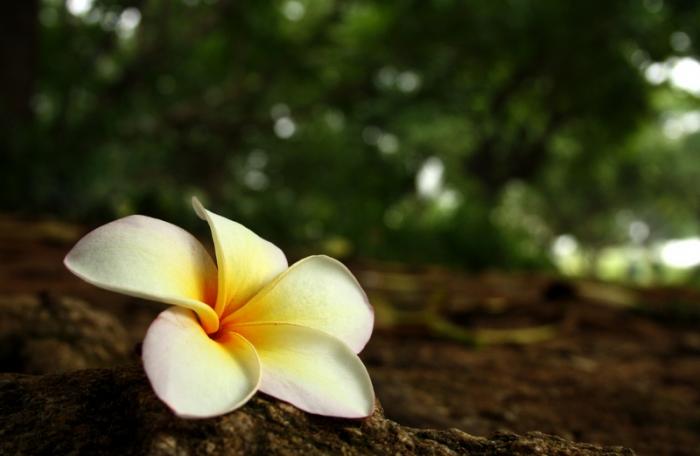Gardening: Caring for plants in dry weather

PHUKET: This is the time of year when the prolonged dry weather stimulates certain flowering trees to bloom as if their very lives depended on it.
In a sense this is literally true, since an exceptional drought will probably mean that fruits may not form, and even that mature trees may shed so many leaves that they die.
Already the present dry season is one of the most severe on record and much of Thailand is suffering from an acute shortage of water.
Some plants benefit from dry conditions, for example bougainvilleas, Rangoon creepers, tecoma stans or yellow bells, tabebuias, plumerias, poincianas, lagerstroemias or crape myrtles and golden rain trees.
Among smaller shrubs, crotons, cordylines, durantas, hamelias, jatrophas, orange jasmines, oleanders, scheffleras and allamandas possess considerable powers of drought resistance.
What most of these plants have in common are mechanisms which allow them to access water deeper in the soil and/or efficient resistance to moisture loss through foliage. Since evaporation is heavier in direct sunlight, many are shade tolerant.
A tree down the road from my house fits this bill, since it always seems to give off its best in dry weather. It grows right by a road dense with traffic fumes, but seems to pull out the stops every spring. It is a kapok tree, and right now its branches are covered with what look like clumps of cotton wool. Ceiba pentandra – to give it its botanical name – is native to the Americas and West Africa, but like so many plants, it has found its way to Southeast Asia.
It is a very substantial tree and produces hundreds of pods. These large green capsules split into five segments to reveal seeds embedded in masses of fluffy fiber. This floss-like material is light, durable and resistant to water, and when I was a child, it was used as a substitute for cotton wool, or down, for stuffing toys, pillows, life-jackets, and used as insulation.
Nowadays, kapok has been largely replaced by synthetic fibers, but the tree is still grown commercially in Asian rainforests. The flowers, which hang from bare branch tips before the new leaves appear, are an important source of nectar and pollen. Even the bark has its uses as a diuretic and possible treatment for diabetes. The tree possesses large spines to deter the unwary. A close relative is ceiba speciose, a popular ornamental in California and Australia, with large, distinctive deep-pink flowers.
Of course, cotton proper is produced by a completely different plant related to the Asian hibiscus. It has been a staple crop in the American south for centuries. It is not grown much in Thailand – the country ranks 72nd among growers – although there are moves afoot to change all that.
Tip of the week:
As the rains continue unabated, you may have a problem in your garden with poor drainage.
This causes water to remain in the pore spaces and air, necessary both to roots and beneficial soil-dwelling organisms, is unable to infiltrate the soil.
Soil texture, or a low-lying location will contribute to this. Phuket has more than its fair share of clay, which often drains poorly.
To improve matters, work in plenty of organic material, or place your plants in raised beds which have well-drained soil. Drainage pipes to carry away excess moisture are another possibility.
If none of these solutions are possible, consider adapting your garden, or at least the poorly-drained parts, to the existing conditions, and grow plants suited to moist areas.
These might include gingers, heliconias, canna lilies and various varieties of iris, ferns, hostas and gunneras.
If you have gardening or environmental concerns contact Patrick at drpaccampbell@gmail.com. Many of his creative and academic publications can be found at his website: Green galoshes WordPress.
— Patrick Campbell
Latest Thailand News
Follow The Thaiger on Google News:


























